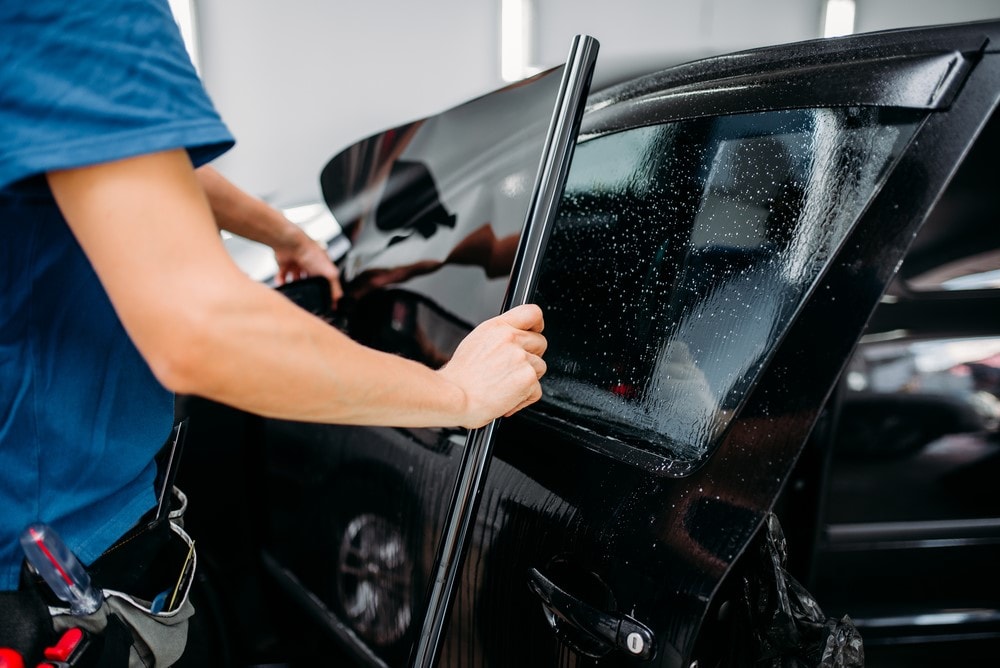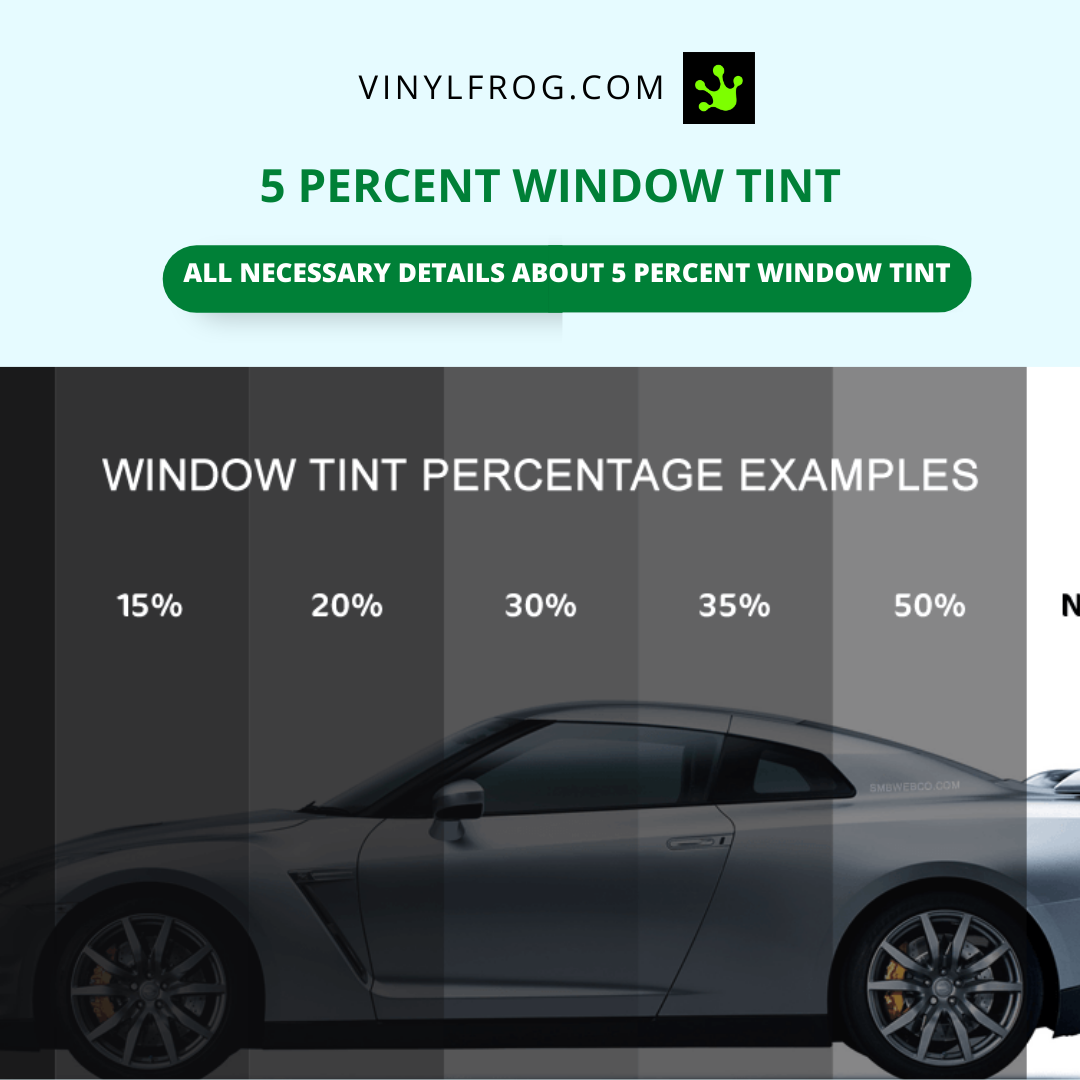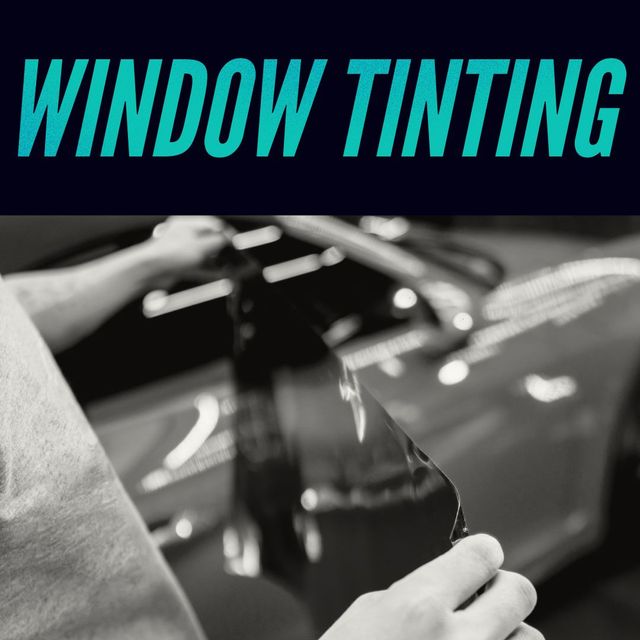How Automobile Window Tinting Can Raise the Resale Value of Your Cars and truck
How Automobile Window Tinting Can Raise the Resale Value of Your Cars and truck
Blog Article
Window Tinting Laws and Standards: What You Need to Know Prior To Tinting Your Car
Before waging home window tinting for your lorry, it is important to familiarize on your own with the diverse laws and guidelines that govern this practice throughout different states. These regulations dictate the acceptable levels of tint darkness, frequently gauged by visible light transmission (VLT) portions, and include particular terms for front windshields focused on guaranteeing roadway safety. Furthermore, particular territories might provide clinical exceptions for people with certifying problems. Recognizing these intricacies can save you from prospective legal ramifications, but what are the specific guidelines in your state?
Overview of Home Window Tinting Rules
Window tinting legislations are frequently subject to variant throughout various territories, showing regional guidelines and safety and security factors to consider. These laws determine the allowable degrees of tint darkness and reflectiveness on automobile home windows, ensuring that motorists keep ample exposure while additionally shielding versus damaging UV rays and warmth.
The majority of laws categorize window tinting based on the Visible Light Transmission (VLT) percent, which shows the amount of light that can pass through the window. Generally, reduced VLT portions indicate darker tints. Regulations frequently set apart between the front, side, and rear home windows, with stricter constraints used to the front windscreen to boost security for both the driver and other roadway customers.
In addition, some territories enforce constraints on the reflectivity of the color, stopping too much glare that could harm presence. Exemptions to these regulations might exist for people with certain clinical conditions calling for added sun defense. Compliance with window tinting policies is crucial, as violations can lead to fines, mandatory removal of the tint, and potential rises in insurance policy premiums. It is important for lorry owners to acquaint themselves with regional legislations before proceeding with home window tinting installations.
State-by-State Color Rules
Comprehending the details window tinting laws in each state is vital for automobile proprietors looking for to follow the regulation. Each state in the united state has established its own set of guidelines regulating window tinting, which can vary significantly. These laws usually determine the allowable levels of tint darkness, the sorts of home windows that can be tinted, and any medical exemptions that may use.
As an example, states like California have strict limitations on tint darkness for front windows, while others, such as New Mexico, may permit darker colors. Furthermore, certain states mandate specific visibility percentages for numerous windows, including the windscreen, front side windows, and rear home windows. It is vital for vehicle owners to acquaint themselves with their state's legislations to prevent potential fines or penalties.
In addition, some states may require an accreditation sticker to be put on tinted windows, indicating compliance with state legislations. Failure to stick to these regulations not just risks lawful effects yet can also influence security and exposure while driving. Vehicle owners should perform comprehensive study or consult local authorities to guarantee full understanding and compliance with state-by-state tint policies.
Allowed Tint Degrees and Kinds
Lots of lorry owners might be surprised to find out that allowed color levels and kinds vary extensively across various states. Each state has established its own laws concerning the acceptable darkness and reflectivity of home window color, typically determined by Visible Light Transmission (VLT) portions. VLT describes the amount of light that can travel through the colored home windows; hence, a lower portion suggests a darker tint.

Moreover, the kinds of color materials enabled can differ, with some states prohibiting mirror-like or metal coatings. It is necessary for automobile owners to familiarize themselves with their state's specific regulations to ensure compliance. Non-compliance can cause penalties, compulsory elimination of the color, or various other legal consequences, making it critical to understand these regulations prior to continuing with installment.
Medical Exceptions for Tinting
While not all states provide allowances for clinical exceptions pertaining to home window tinting, those that do recognize the need for particular people to boost visibility and convenience as a result of medical conditions. Various medical conditions, such as lupus, skin cancer cells, and certain eye conditions, pop over here can render people specifically delicate to sunlight. Subsequently, these individuals may require darker tints to shield themselves from hazardous UV rays and glare.

It is necessary to keep in mind that despite a clinical exception, there may still be limitations on the degree of tint permitted. Compliance with state regulations makes sure that individuals are both protected and within legal limits. Those thinking about medical exceptions should contact their regional Department of Motor Cars or comparable authority to recognize the procedures and demands needed to get an exception effectively.
Penalties for Non-Compliance
Stopping working to adhere to home window tinting legislations can cause considerable charges, which vary by state. Police are empowered to provide citations for lorries that do not abide by the specified tinting regulations. These penalties usually consist of penalties, which can range from modest total up to several hundred dollars, depending on the intensity of the infraction and the state concerned.
In some jurisdictions, repeated offenses might lead to escalating penalties or additional penalties, such as compulsory court looks. Non-compliance might require the removal of illegal tinting, typically at the proprietor's expense. In extreme instances, habitual offenders may face suspension of their automobile registration till compliance is attained.
In addition, insurance implications may develop from obtaining numerous citations for home window color offenses. Insurance companies may check out such infractions as an indication of riskier behavior, possibly resulting in increased costs or trouble in protection.
To avoid these fines, it is important for vehicle owners to familiarize themselves with their local window tinting legislations and ensure that their lorry complies (Window Tinting). This proactive technique not only stays clear of lawful ramifications however also promotes road safety
Verdict

The majority of regulations categorize window tinting based on the Visible Light Transmission (VLT) percentage, which shows the amount of light that can pass through the home window. Compliance with home window tinting laws is crucial, as violations can result in penalties, obligatory removal of the tint, and potential boosts in insurance coverage costs.Comprehending the specific home window tinting guidelines in each state is important for car proprietors seeking to abide with the law. These laws frequently determine the allowed levels of color darkness, the types of windows that can be tinted, and any medical exceptions that may use.
For instance, states like California have rigid constraints on color darkness for front home windows, while others, such as New Mexico, may allow darker colors.
Report this page